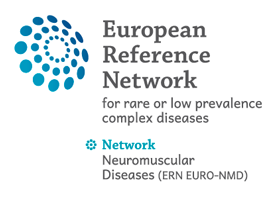28 Aug 2019
Generation of genetically matched hiPSC lines from two mosaic facioscapulohumeral dystrophy type 1 patients
Authors:
Erikvan der Wal, Biancaden Hamer, Patrick J.van der Vliet, Merve Tok, Tom Brands, Bert Eussen, Richard J.L.F. Lemmers, Christian Freund, Annelies de Klein, Ronald A.M. Buijsen, Willeke M.C. van Roon-Mom, Rabi Tawil, Silvère M.van der Maarel, Jessica C. de Greef
Facioscapulohumeral dystrophy type 1 (FSHD1) is caused by contraction of the D4Z4 repeat array on chromosome 4q resulting in sporadic misexpression of the transcription factor DUX4 in skeletal muscle tissue. In ~4% of families, de novo D4Z4 contractions occur after fertilization resulting in somatic mosaicism with control and FSHD1 cell populations present within the same patient. Reprogramming of mosaic fibroblasts from two FSHD1 patients into human induced pluripotent stem cells (hiPSCs) generated genetically matched control and FSHD1 hiPSC lines. All hiPSC lines contained a normal karyotype, expressed pluripotency genes and differentiated into cells from the three germ layers.

